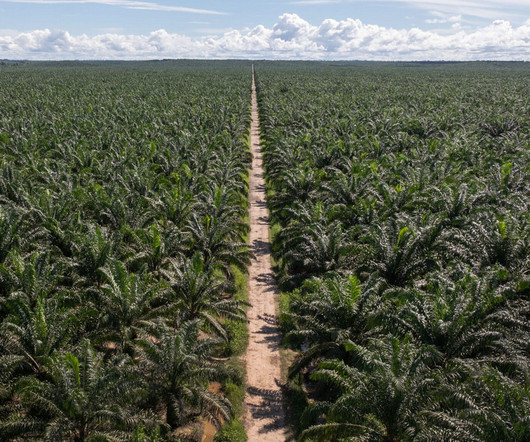Black Earth: A Family’s Journey from Enslavement to Reclamation
Civil Eats
DECEMBER 10, 2024
When the owner of the land where Byron was sharecropping died, he willed Byron at least 10 acres. With tobacco as his principal cash crop, Arthur needed to purchase fertilizer before December and prepare the land for planting by February or March. It really is modern-day sharecropping. The delays in payment could be devastating.










Let's personalize your content